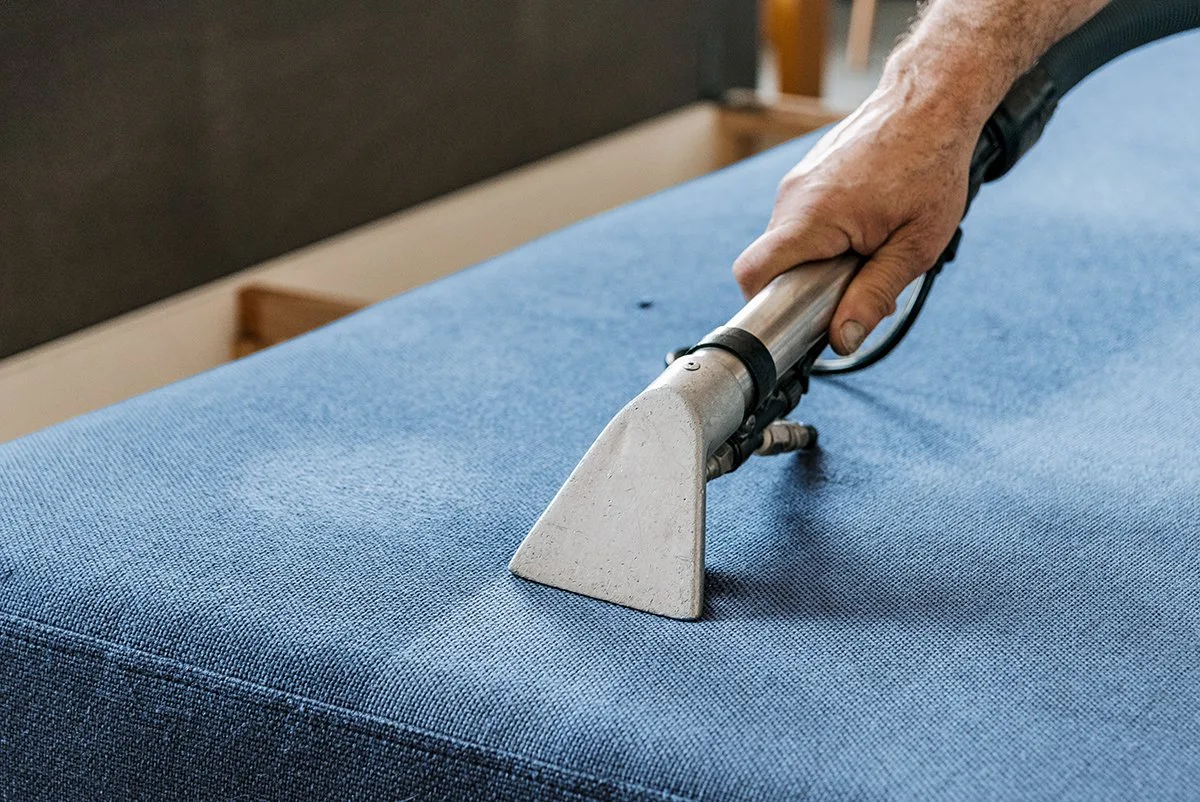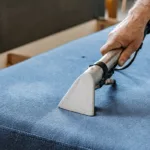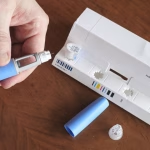Your couch is more than just a piece of furniture—it’s the heart of your living room, a cozy relaxation spot, and sometimes a snack zone. Over time, it collects dust, stains, and even bacteria. Proper couch cleaning extends its life, improves home hygiene, and keeps your space looking fresh.
10 Essential Couch Cleaning Tips
1. Vacuum Regularly
Vacuum your couch at least once a week using an upholstery attachment. Focus on crevices and under cushions where dust, crumbs, and pet hair accumulate. Regular vacuuming prevents dirt from embedding into fabric and helps maintain a fresh, clean appearance.
2. Know Your Couch Fabric
Always check the manufacturer’s label for fabric cleaning codes like W, S, WS, or X. These codes tell you whether to use water-based cleaners, solvent-based cleaners, or dry-cleaning methods. Knowing your fabric ensures safe and effective cleaning without damaging the material.
3. Tackle Stains Immediately
Act quickly when spills occur. Blot (don’t rub) the spill with a clean cloth to soak up moisture. Use a fabric-safe cleaner or a homemade solution of water and vinegar. The faster you treat a stain, the less likely it is to become permanent.
4. Use Baking Soda for Odors
Sprinkle baking soda liberally over the entire couch and let it sit for at least 20 minutes. Baking soda neutralizes odors and absorbs oils from the fabric. Afterward, vacuum thoroughly. This simple trick leaves your couch smelling clean and fresh.
5. Steam Clean Safely
For fabric couches with a “W” or “WS” code, use a steam cleaner for a deeper clean. Steam kills bacteria and loosens embedded dirt. Always test a small area first to ensure the fabric doesn’t discolor or shrink under heat and moisture.
6. Rotate Cushions Regularly
Flipping and rotating your cushions every week promotes even wear and prevents sagging. It also helps reduce dirt buildup in specific areas. Regular rotation ensures that your couch maintains its shape and comfort for a longer time.
7. Use Fabric Protectors
After cleaning, consider applying a fabric protector spray to help repel future stains and spills. These sprays create a barrier on the surface, making it easier to clean up accidents before they soak into the fabric.
8. Dealing with Pet Hair
Use a lint roller, rubber glove, or squeegee to lift pet hair from the couch. Lightly dampening the glove or squeegee can help collect more fur. Vacuuming alone might not remove embedded hairs, so physical removal methods are effective.
9. Clean Wooden or Metal Parts
Don’t forget about non-fabric areas like wooden arms or metal legs. Use appropriate cleaners for each surface type. A damp cloth and mild soap work for wood, while metal parts may need polishing to prevent rust or tarnish.
10. Hire Professional Cleaners Annually
Even with regular maintenance, professional upholstery cleaning once a year helps deeply sanitize your couch and prolong its life. Pros use industrial-grade machines and safe chemicals tailored to your fabric type, giving your couch a thorough refresh.
6 Frequently Asked Questions (FAQs)
1. How often should I clean my couch?
Basic maintenance like vacuuming should be done weekly. Spot clean as needed. Deep cleaning, whether DIY or professional, is recommended every 6 to 12 months, depending on usage, pets, and household conditions.
2. Can I use vinegar to clean my couch?
Yes, white vinegar mixed with water is effective for many fabric types. However, always spot test first and follow your couch’s cleaning code. Vinegar is great for cutting grease and neutralizing odors.
3. Is it safe to steam clean all couches?
No. Only couches with a “W” or “WS” cleaning code can be steam cleaned. Others may get damaged by moisture or heat. Always read the care label and test a hidden area before using steam.
4. What’s the best way to remove grease stains?
Sprinkle baking soda or cornstarch on the grease spot, let it sit for 15–20 minutes to absorb oils, then vacuum. Follow up with a mild dish soap solution for any remaining residue. Blot, don’t scrub.
5. Are store-bought cleaners better than DIY solutions?
Both can be effective. Store-bought cleaners are tested for safety and results, but DIY solutions like vinegar or baking soda are budget-friendly and work well for light stains and odors. Always test either on a hidden spot.
6. How can I prevent my couch from getting dirty?
Use washable slipcovers, keep pets off furniture, avoid eating on the couch, and apply fabric protector sprays. Consistent vacuuming and rotating cushions also help prevent dirt accumulation and uneven wear.
Conclusion
A clean couch isn’t just about appearance—it’s about comfort, health, and home pride. With a little effort and regular upkeep, you can keep your sofa spotless and welcoming year-round. Whether it’s a deep steam clean or a quick vacuum, every bit counts toward a fresher living space.











